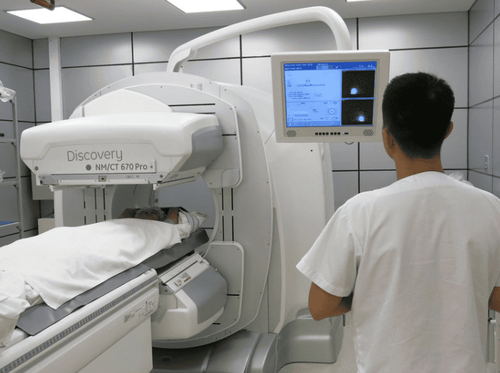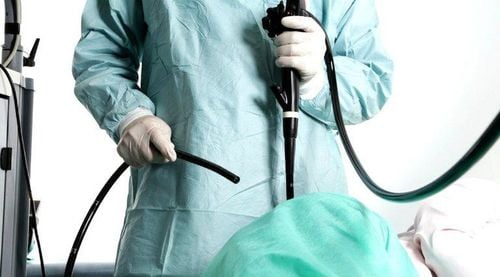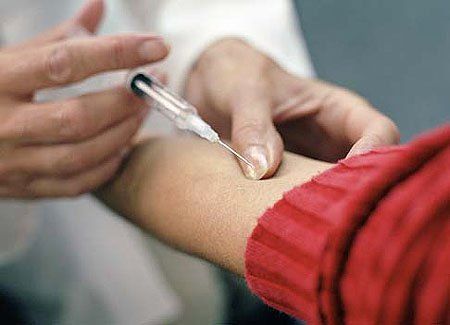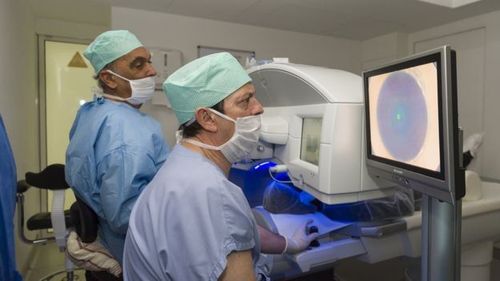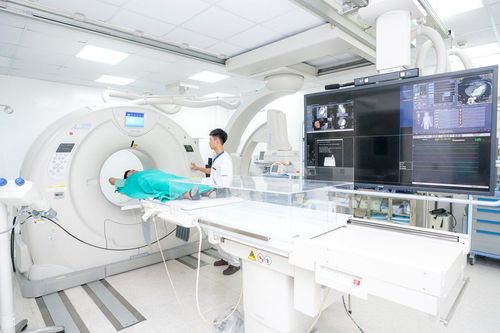This is an automatically translated article.
Radiopharmaceuticals is a fairly familiar and common name in the field of nuclear medicine, this is a radioactive drug used for patients for the purpose of diagnosing and treating a number of diseases. determined. Depending on different diseases, radiopharmaceuticals may have certain characteristics to make the diagnosis more specific.
1. What is a radiopharmaceutical?
A radiopharmaceutical is defined as a compound consisting of a radioactive isotope and a carrier in which the radioisotope has many ways of being introduced into the body such as orally, by injection, or can also be introduced into the body in the form of a radiopharmaceutical. gas. Radiopharmaceuticals are used in the field of nuclear medicine to diagnose and investigate a number of problems such as assessment of pulmonary ventilation, myocardial perfusion imaging, kidney and brain imaging..., as well as treatment. some diseases.
Some basic requirements that a radiopharmaceutical must meet to be used in the diagnosis of disease are:
Type of radiation: The most common radiation is pure gamma rays with non-electron decay properties and stable in late time. Unlike other types of alpha and beta radiation in these types of ionization occurs very strongly, so it can cause damage to the patient. Energy: Radiant energy in the range of 100 - 250 keV is said to be very suitable for radiographic imaging with good image quality, serving diagnosis in the most effective way. Availability: For radiopharmaceuticals to be applicable to patients, the survival time needs to be long enough and not too short. Besides, the price is suitable for the general economy of the patient is also an important thing. Chemical reactions: In most of the chemical reactions of many different diseases, 99mTc is a radioactive drug that is widely used to bind with many different chemicals in the patient's body. Target/no target ratio: This ratio is very high, showing that the radiopharmaceuticals can enter many places for the most complete and specific recording. In cases where this ratio is too low, imaging becomes of no value in the diagnosis of pathology because there is no clear difference between the affected area and the non-lesional area. Effective half-life: For the best in diagnosis and patient well-being, the effective half-life is one and a half times that of the technique. Because it is possible to perform good radiographic imaging, at the same time, the patient will also be subjected to a low and light amount of radiation, reducing the possibility of radiation effects on organs in the body.
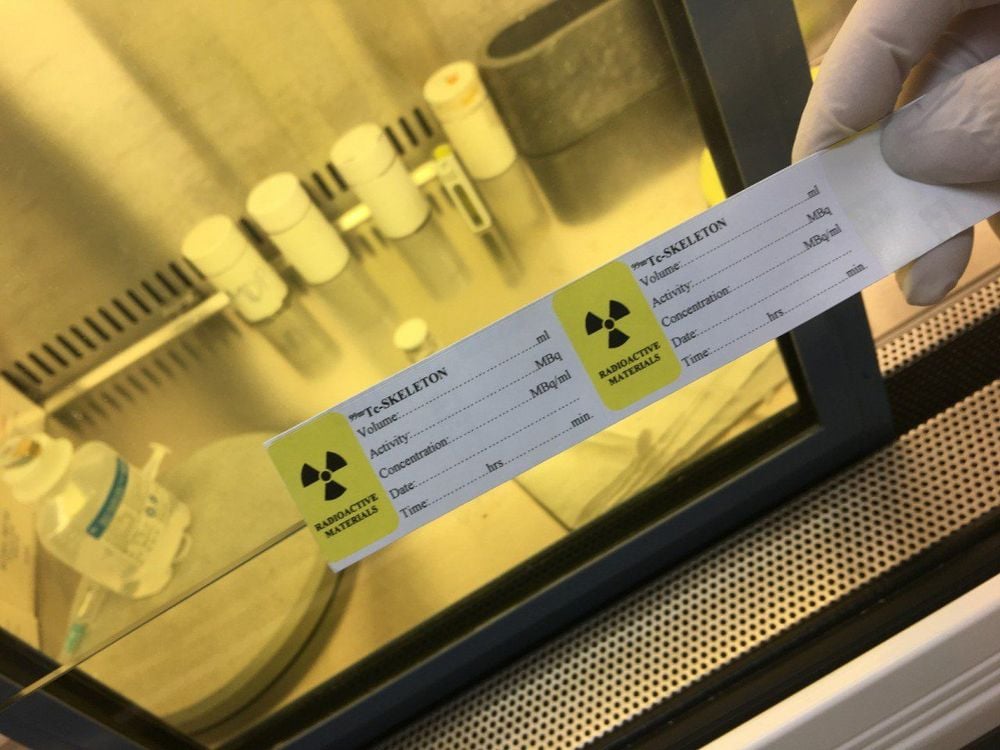
Dược chất phóng xạ được dùng trong lĩnh vực y học hạt nhân để chẩn đoán bệnh lý
Safety: One of the essential factors in nuclear medicine is that radioactive drugs need to be safe when put into the patient's body. Radiopharmaceuticals need to be benign and non-toxic to the patient, but still meet criteria for effectiveness in diagnosing the disease. Although the theory is highly concerned with safety, in some special cases for the best diagnostic purposes, treating doctors still consider appointing patients to perform some techniques using radiopharmaceuticals. Radiation is as toxic as TI in the diagnosis of circulatory system diseases. In addition, when used, it is necessary to meet the requirements of the ALARA principle to prevent unwanted harm. Another important feature is that the smaller the dose of radiopharmaceuticals introduced into the body, the less harmful it is, but the dose must be sufficient so that the recording quality is not affected. In addition, radiopharmaceuticals are also applied in the treatment of diseases with certain requirements so that the highest therapeutic effect without affecting the patient's health. For example, in the selection of radiopharmaceuticals to kill disease-causing cells, it is necessary to use radiopharmaceuticals with high energy levels above 1 MeV, the purpose of which is to perform well the cell destruction function, besides also need to use irradiated gamma rays to record images.
2. Common radioactive substances
From radioactive vessels, nuclear reactors that commonly encountered radioactive substances are artificially produced for many different medical purposes, including some main types as follows:
Radiopharmaceuticals emitted Positrons such as 11C, 13N, 15O... from ring accelerators with the main feature that they cannot be transported far and must be used at the production site. Radiopharmaceuticals that emit Gamma radiation such as 67Ga, 201TI... have a longer lifespan, can be transported long distances, and are exported to many countries around the world. Radiopharmaceuticals produced from radionuclides such as 99mTc are the most popular radiopharmaceuticals today, because of their compatibility with radiographic imaging devices as well as their half-life to meet the needs of diagnosis and treatment. treat. Radiopharmaceuticals are a by-product from the 235U decay processes in nuclear reactors such as 131I and 133Xe Another classification is by the method of radioactive dosing:
Ready to use Mix with kits Mix with kit with heating process Prepare in more complicated ways.
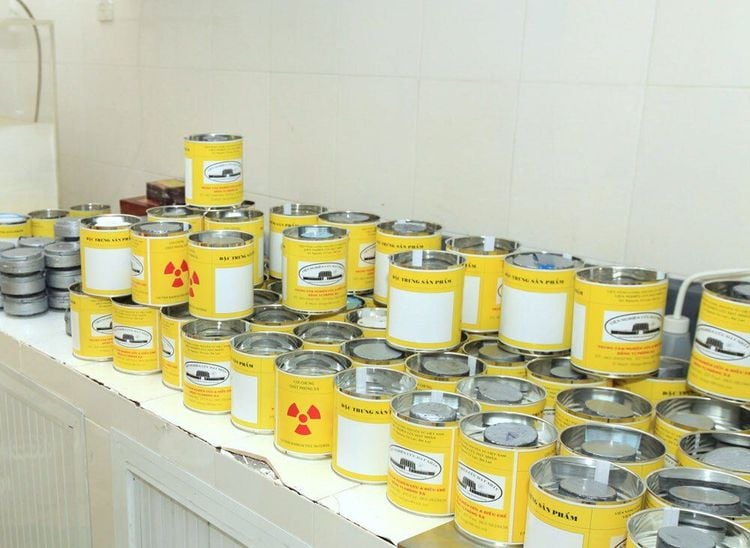
Dược chất phóng xạ được pha chế với nhiều cách khác nhau và phức tạp
3. Conclusion on radiopharmaceuticals
Radiopharmaceuticals are one of the most effective and popular applications in nuclear medicine today, especially with complex pathologies that require an appropriate diagnosis and treatment method. However, because it is a chemical, it can be harmful to the patient, so it is necessary to understand the basic principles as well as how to use it to be effective but still safe for users. .
Currently, Vinmec International General Hospital has applied modern equipment and machines to best examine and treat patients. Therefore, when having health problems, customers can go to the hospital to be examined by a team of qualified doctors with advanced facilities.
Please dial HOTLINE for more information or register for an appointment HERE. Download MyVinmec app to make appointments faster and to manage your bookings easily.




